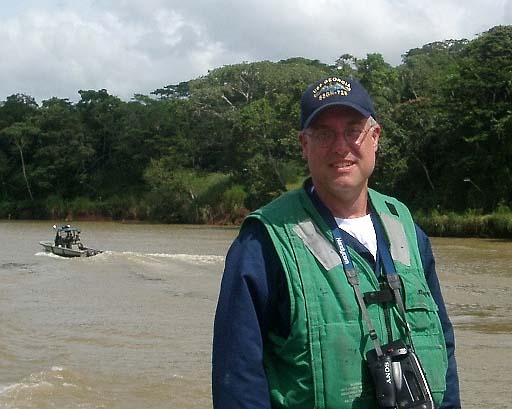Accuracy has always been the weak point of existing Scud missiles. Rumors of the upgraded Scuds E-R (for "extended range") spread among some specialists in the latter half of the 1990s, but their existence was never confirmed.And if that is not enought, Jane's reported last August that;
But the range of the new Scuds is considerably shorter than that of Pyongyang’s arsenal of Rodong missiles (1,300km) and newly designed intermediate-range ballistic missiles (3,000 - 4,000km), which have already been deployed; its Taepodong-1 missile (2,500km), which was test-fired in 1998 but never deployed; and the Taepodong-2 missile (6,700km), which is currently under development. However, they are reportedly all aimed at Japan and the U.S. rather than South Korea. [emphasis mine - ed.]
The Scud upgrades, by contrast, were designed with South Korea in mind, and intelligence authorities believe they represent a greater threat than the long-range missiles.
Emerging reports indicate that the Democratic People's Republic of Korea (North Korea - DPRK) is developing-- and is in the process of deploying--at least two new ballistic missile systems.So far, they do not have the ability to put a nuclear warhead on a missile, but I have no doubt that they are working on that too. After all, developing weapons technology is so much more interesting and personally profitable than feeding your population, right, Kim (you raving freak)?
The first is a land-based road-mobile medium-range ballistic missile (MRBM)/intermediate-range ballistic missile (IRBM) with an estimated range of 2,500-4,000km. The second is a companion submarine or ship-mounted ballistic missile system with a range of at least 2,500km. Both systems appear to be based on the decommissioned Soviet R-27 (NATO: SS-N-6) submarine-launched ballistic missile (SLBM).
Oh, and about that Taepodong-1 missile that was test fired in 1998, it is important not only because it flew over Japan's main island of Honshu, and not only because it can hit targets in Alaska, but;
North Korea is developing a family of long-range missiles called the Taepodong. Taepodong 1 was test-fired over Japan in 1998. It caused consternation, not least because of the determination of the North Korean leader, Kim Jong-il, to pursue a nuclear weapons programme. [which we now know has yielded weapons - ed.]We already know, as stated above, that they have yet to put a nuclear warhead on a missile, but they will get there. The next shoe to drop will be the Taepodong-2 test launch. That missile will put the U. S. mainland in range.
The engine test for Taepodong 2 was carried out last month, Joongang Ilbo said. A full missile test - which would cause a diplomatic crisis - would be the next step.
I think that there is good reason to be very concerned.






1 comment:
Between DPRK and Iran we are in deep trouble. Add in China's threats about Taiwan and the world has become a volatile place. I see almost no way we are going to avoid a nuclear confrontation in the next 5-10 years. This is frightening as hell....
Post a Comment